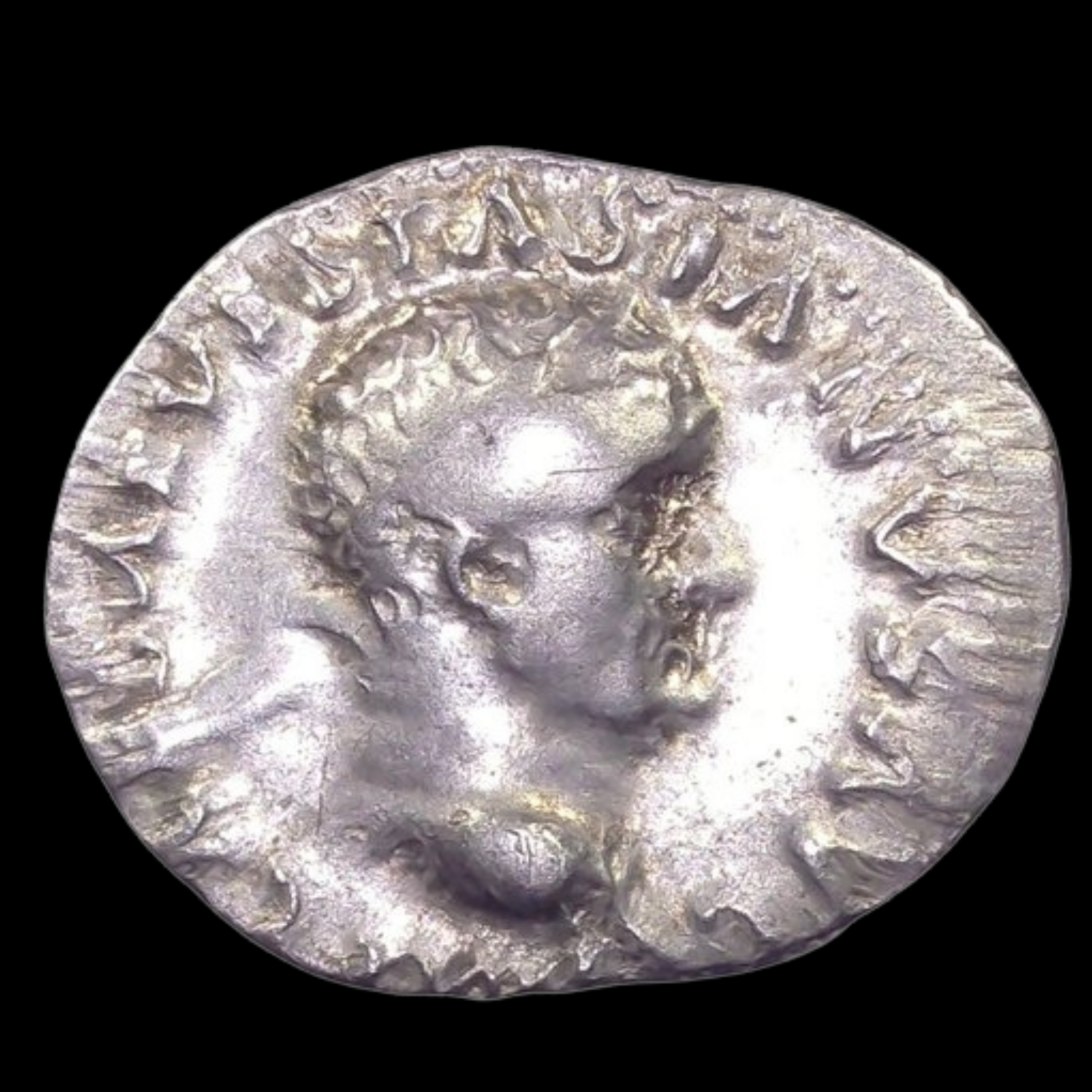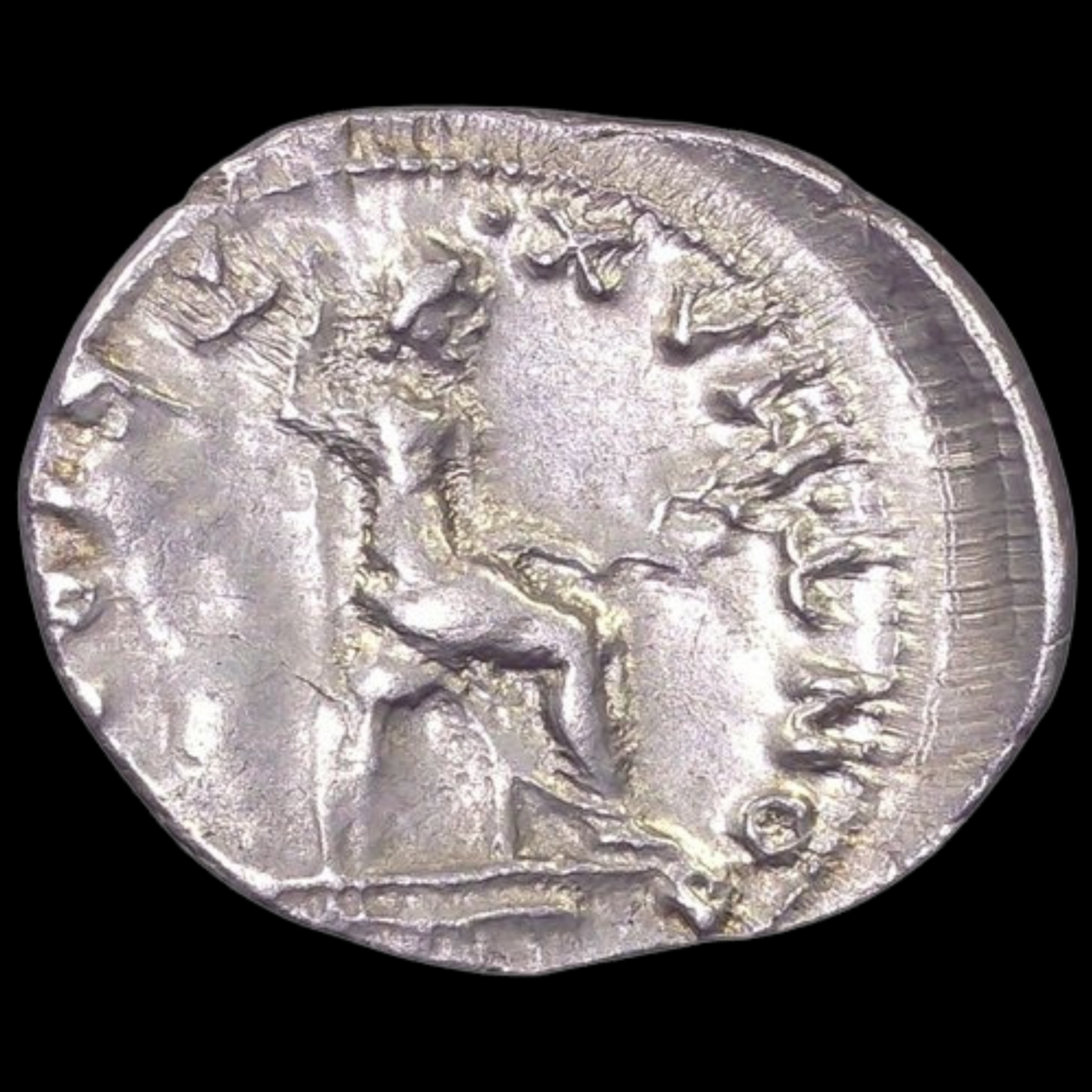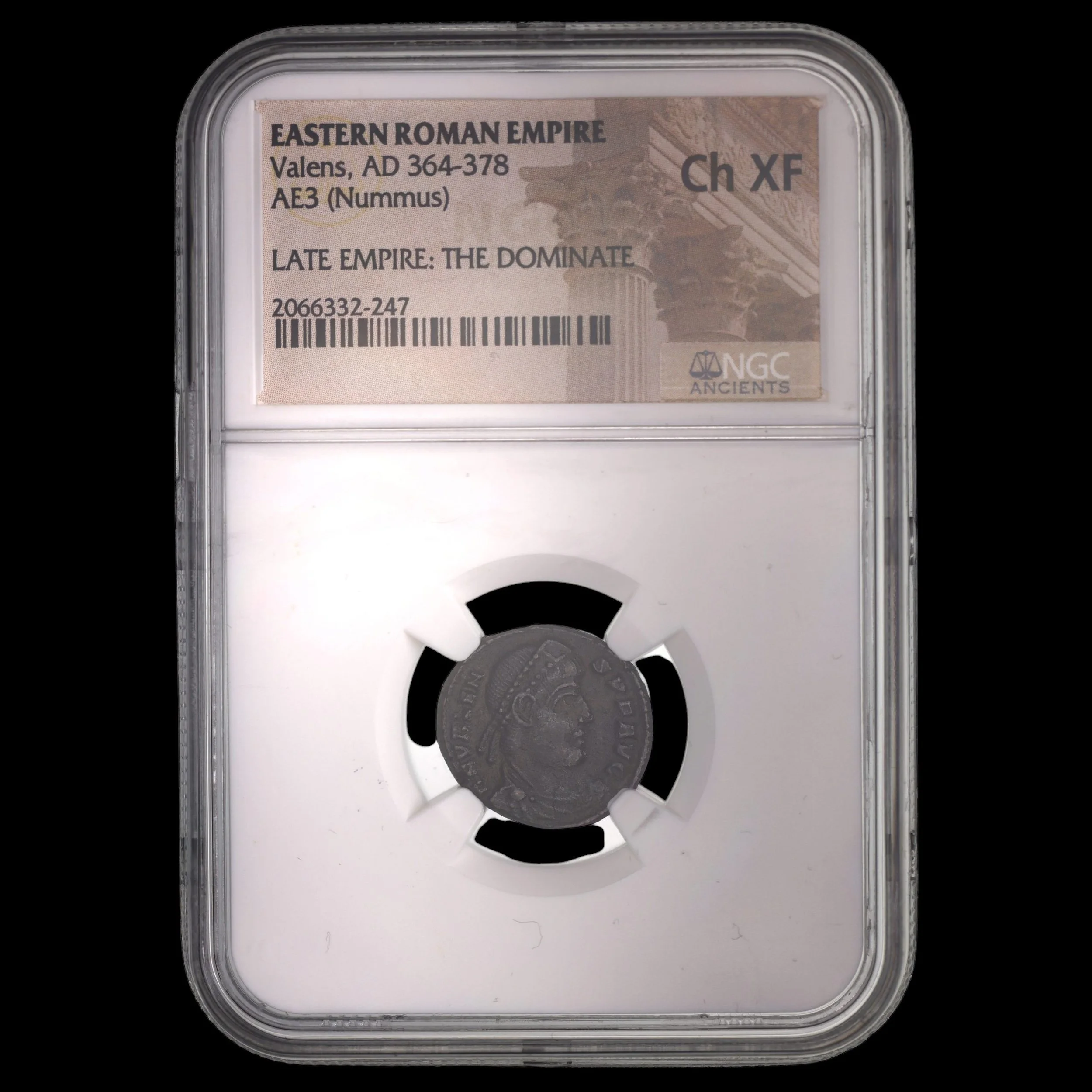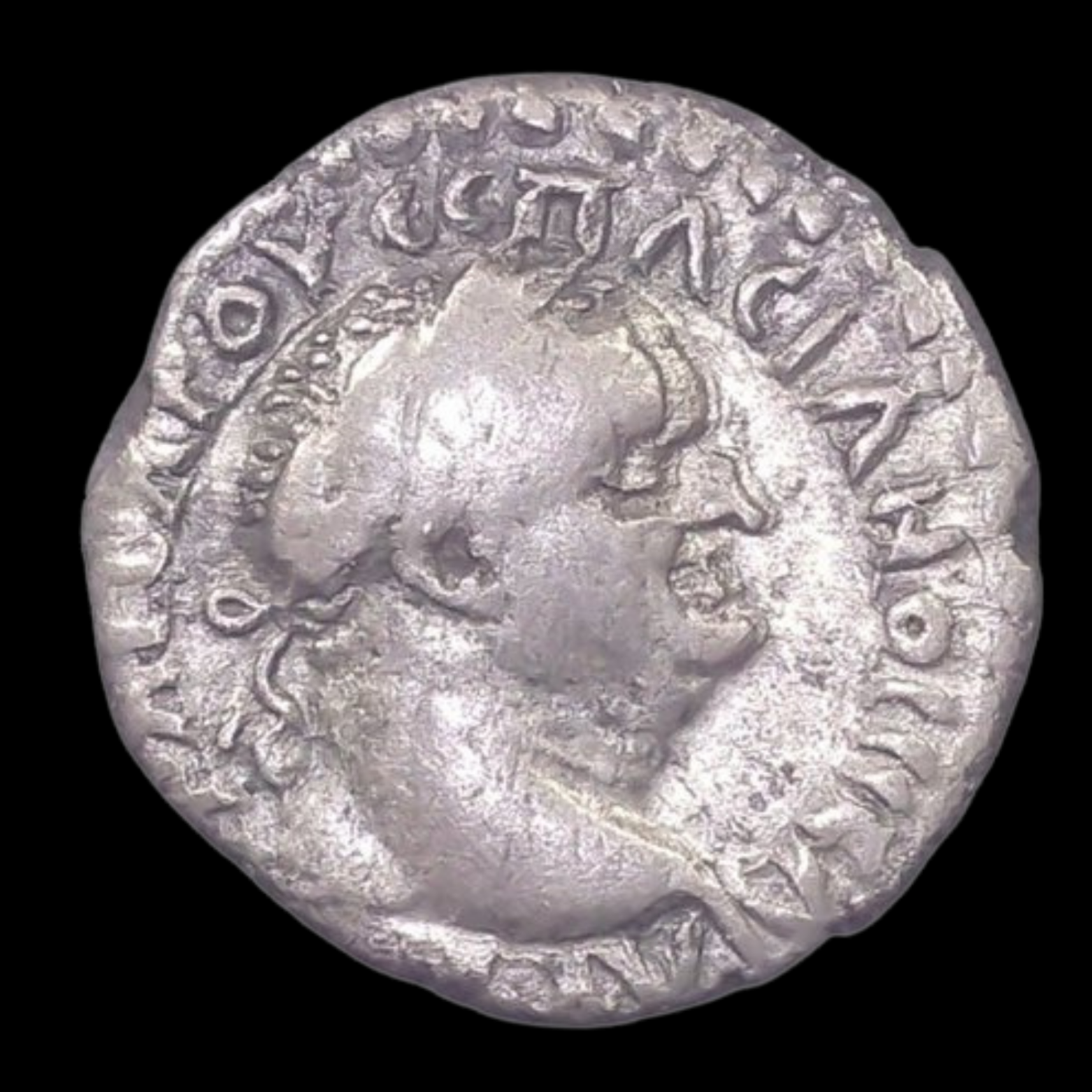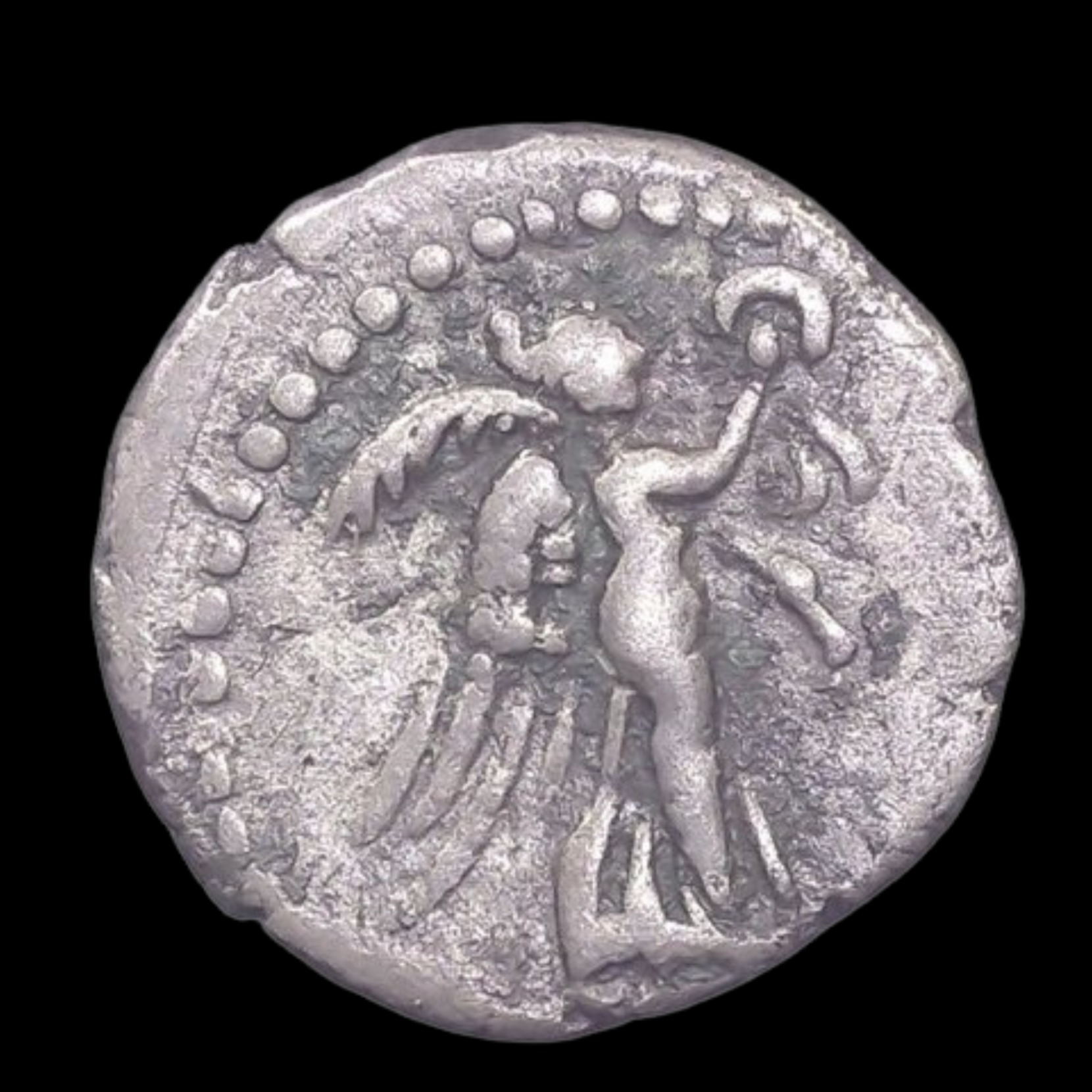 Image 1 of 8
Image 1 of 8

 Image 2 of 8
Image 2 of 8

 Image 3 of 8
Image 3 of 8

 Image 4 of 8
Image 4 of 8

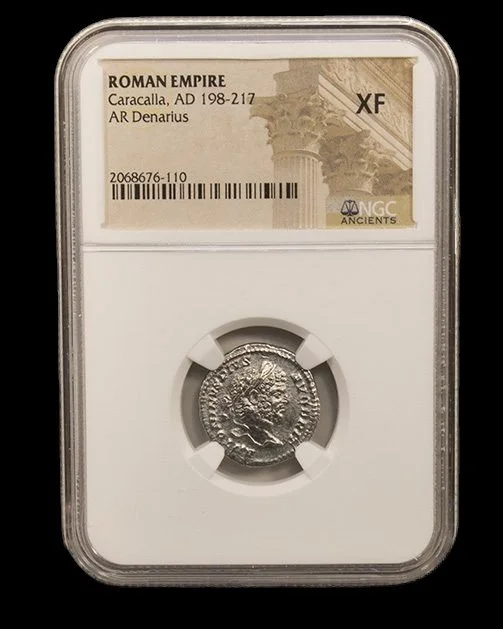 Image 5 of 8
Image 5 of 8

 Image 6 of 8
Image 6 of 8

 Image 7 of 8
Image 7 of 8

 Image 8 of 8
Image 8 of 8









Roman Silver Coin – Emperor Caracalla (about 1,800 years old) – NGC Certified – Featured in Gladiator II
The coins shown are representative examples of the grade and type, but not the actual specimens for sale. For details on NGC’s grading standards and definitions, please refer to our NGC Grading page.
This silver denarius represents the reign of Emperor Caracalla, a ruler known for both his brutal nature and far-reaching legal reforms. The son of Emperor Septimius Severus, Caracalla presided over one of the most significant expansions of Roman citizenship in the empire's history, forever changing the relationship between Rome and its provinces even as his cruel temperament earned him a reputation for tyranny that has endured through the centuries.
Coin Description:
Front side: Portrait of Emperor Caracalla facing right, typically with a laurel wreath, later depicting him with a fierce expression and turned-down mouth characteristic of his official portraiture
Back side: May feature various Roman deities (particularly military gods like Mars or Victory), personifications of virtues, or references to military achievements, with accompanying Latin inscriptions
Technical Details:
Silver composition
Denomination: Denarius
NGC certified
Minted between 198-217 AD (initially as co-emperor with his father, then with his brother, finally as sole emperor)
Condition as certified by NGC
Historical Significance: Born Lucius Septimius Bassianus and later taking the name Marcus Aurelius Antoninus, Caracalla's nickname derived from the Gallic hooded cloak he popularized. He initially ruled alongside his father Septimius Severus and later with his younger brother Geta, whom he murdered in 211 AD to gain sole power. Despite his reputation for cruelty, Caracalla issued the momentous Constitutio Antoniniana (Edict of Caracalla) in 212 AD, granting Roman citizenship to nearly all free men throughout the empire, fundamentally transforming the empire's legal and social structure. While partly motivated by increasing tax revenue, this decree permanently altered the relationship between Rome and its provincial subjects. Caracalla also commissioned the massive Baths of Caracalla in Rome, one of the most impressive imperial building projects that still stands as a major archaeological site today. His reign ended when he was assassinated during a campaign against Parthia in 217 AD, stabbed to death while relieving himself by a disgruntled soldier.
The coins shown are representative examples of the grade and type, but not the actual specimens for sale. For details on NGC’s grading standards and definitions, please refer to our NGC Grading page.
This silver denarius represents the reign of Emperor Caracalla, a ruler known for both his brutal nature and far-reaching legal reforms. The son of Emperor Septimius Severus, Caracalla presided over one of the most significant expansions of Roman citizenship in the empire's history, forever changing the relationship between Rome and its provinces even as his cruel temperament earned him a reputation for tyranny that has endured through the centuries.
Coin Description:
Front side: Portrait of Emperor Caracalla facing right, typically with a laurel wreath, later depicting him with a fierce expression and turned-down mouth characteristic of his official portraiture
Back side: May feature various Roman deities (particularly military gods like Mars or Victory), personifications of virtues, or references to military achievements, with accompanying Latin inscriptions
Technical Details:
Silver composition
Denomination: Denarius
NGC certified
Minted between 198-217 AD (initially as co-emperor with his father, then with his brother, finally as sole emperor)
Condition as certified by NGC
Historical Significance: Born Lucius Septimius Bassianus and later taking the name Marcus Aurelius Antoninus, Caracalla's nickname derived from the Gallic hooded cloak he popularized. He initially ruled alongside his father Septimius Severus and later with his younger brother Geta, whom he murdered in 211 AD to gain sole power. Despite his reputation for cruelty, Caracalla issued the momentous Constitutio Antoniniana (Edict of Caracalla) in 212 AD, granting Roman citizenship to nearly all free men throughout the empire, fundamentally transforming the empire's legal and social structure. While partly motivated by increasing tax revenue, this decree permanently altered the relationship between Rome and its provincial subjects. Caracalla also commissioned the massive Baths of Caracalla in Rome, one of the most impressive imperial building projects that still stands as a major archaeological site today. His reign ended when he was assassinated during a campaign against Parthia in 217 AD, stabbed to death while relieving himself by a disgruntled soldier.


